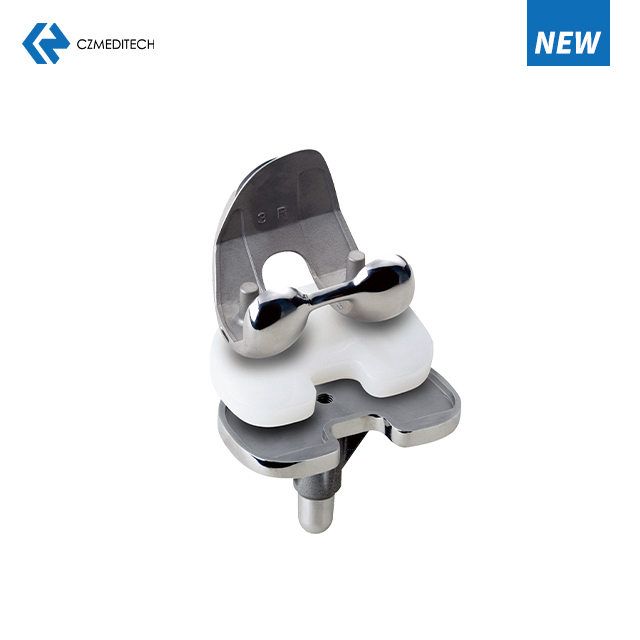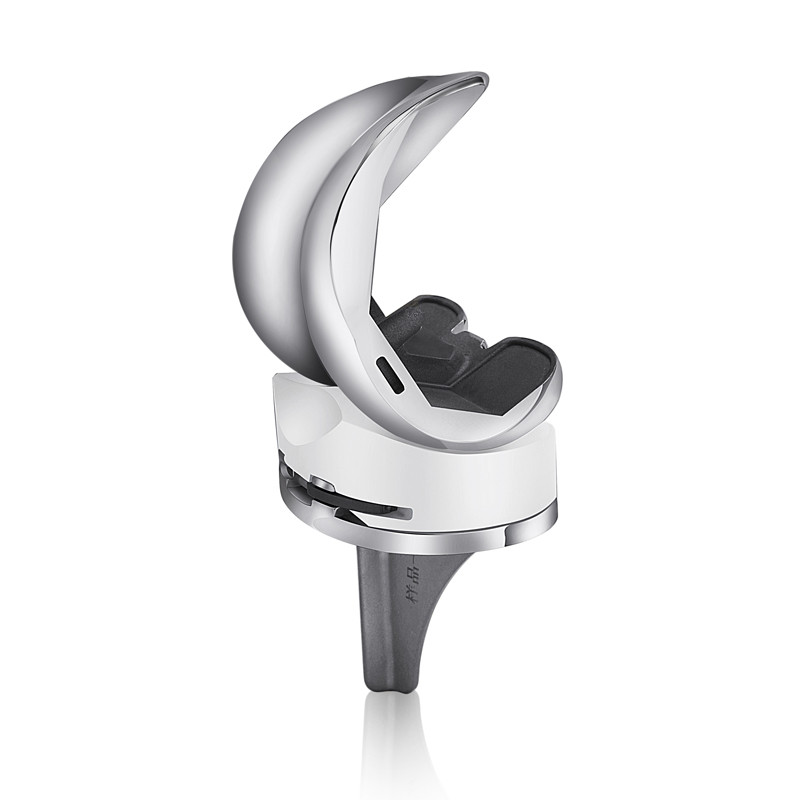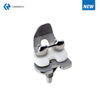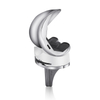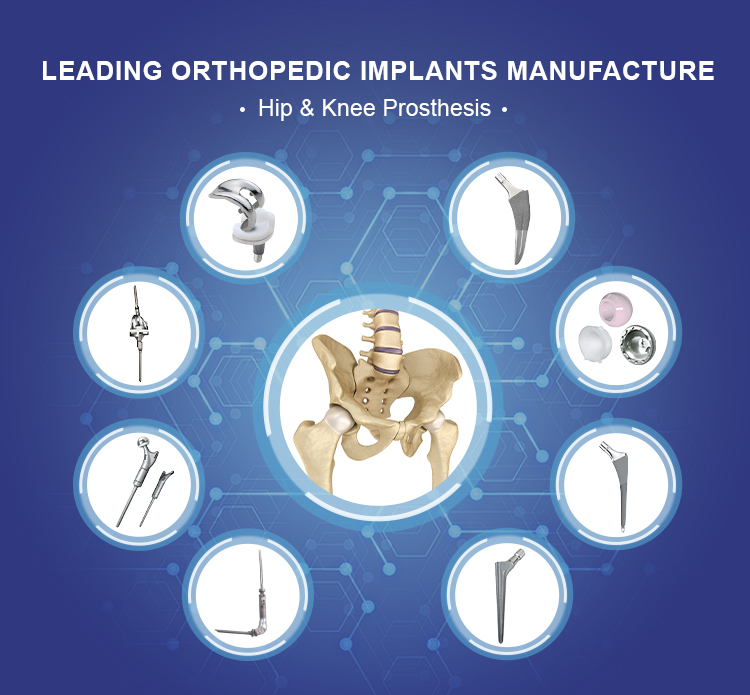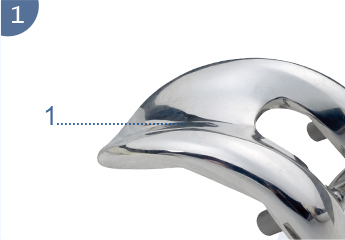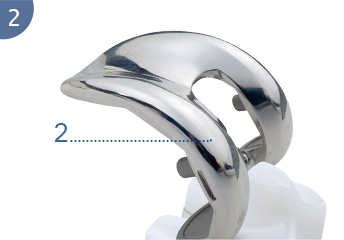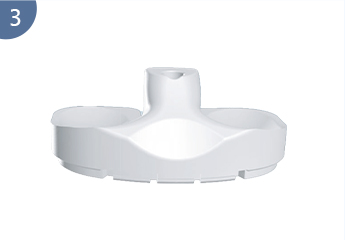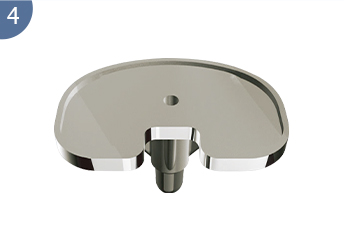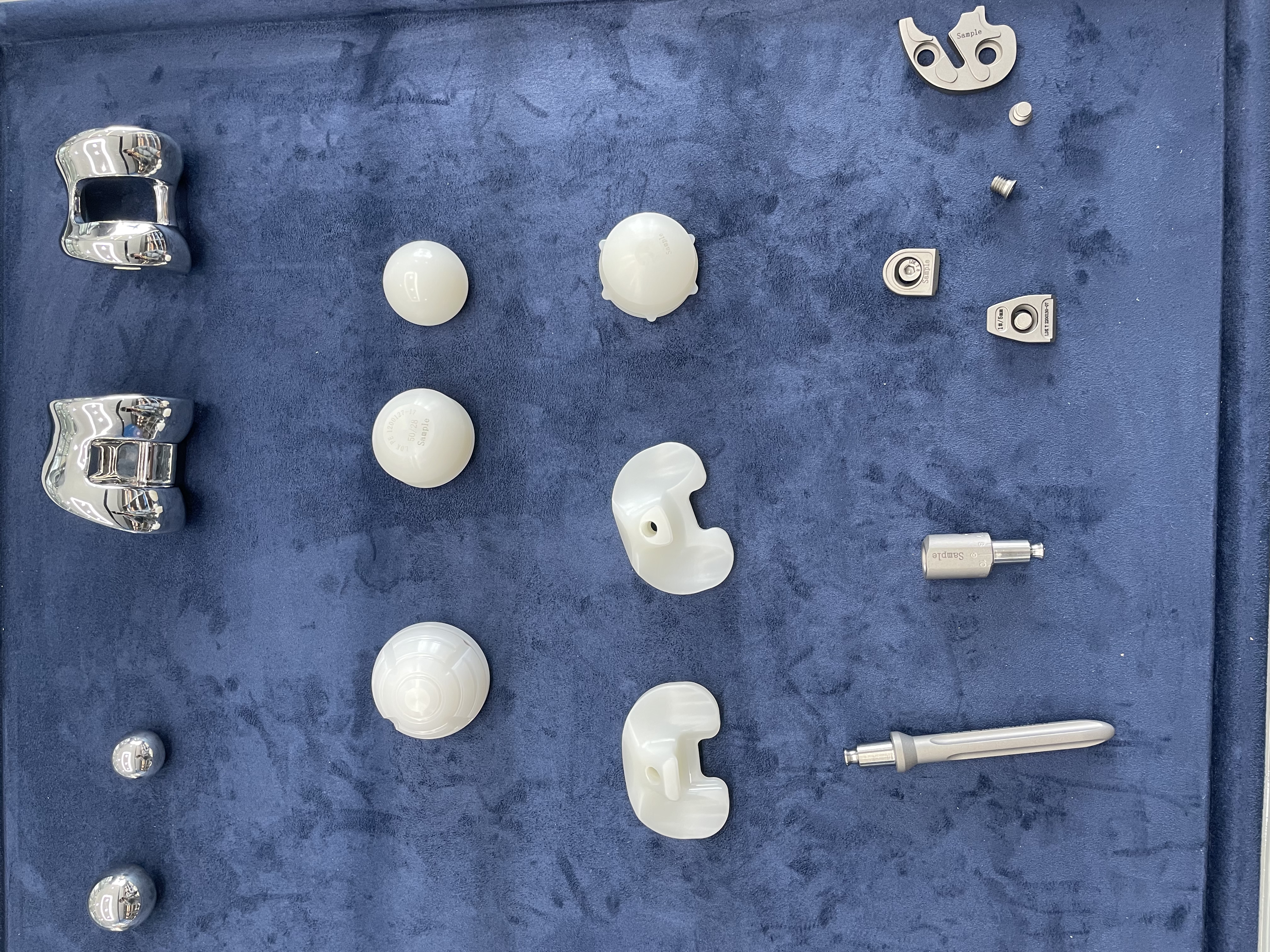Primary Total Knee System: An Overview
As we age, the risk of knee joint problems increases, leading to limited mobility and chronic pain. The primary total knee system (PTKS) is an advanced surgical procedure used to replace the damaged or worn-out knee joint with a prosthesis. This article provides an in-depth look at the primary total knee system, its components, and the surgical procedure.
What is a Primary Total Knee System?
A primary total knee system is a surgical procedure in which a damaged knee joint is replaced with a prosthesis, commonly known as an artificial joint. The procedure is typically performed on patients with severe knee osteoarthritis, rheumatoid arthritis, or injury to the knee joint. The PTKS replaces the entire knee joint, including the femur (thigh bone), tibia (shinbone), and patella (kneecap).
Components of a Primary Total Knee System
The PTKS comprises three main components: the femoral component, tibial component, and patellar component.
Femoral Component
The femoral component is the part of the prosthesis that replaces the end of the femur bone. It is typically made of metal and is designed to mimic the shape and size of the natural femoral head.
Tibial Component
The tibial component replaces the top of the tibia bone, and is usually made of a combination of metal and plastic. It is designed to mimic the shape of the natural tibial plateau.
Patellar Component
The patellar component replaces the surface of the kneecap that comes into contact with the femur. It is usually made of plastic.
Surgical Procedure
The PTKS procedure is typically performed under general anesthesia and takes approximately two hours to complete. The surgeon makes an incision in the front of the knee to gain access to the joint. The damaged cartilage and bone are removed, and the femoral and tibial components are fitted into place. The patellar component is usually not replaced unless it is severely damaged.
Once the prosthesis is in place, the surgeon tests the range of motion of the knee joint, and the incision is closed with sutures or staples. The patient is then taken to the recovery room and monitored closely for any complications.
Recovery and Rehabilitation
After the PTKS procedure, the patient will spend several days in the hospital, during which time physical therapy will begin. The physical therapist will work with the patient to improve their range of motion and strength in the knee joint. Patients are usually able to walk with the help of crutches or a walker within a few days of the surgery.
Patients will continue physical therapy after being discharged from the hospital, with a focus on strengthening the muscles surrounding the knee joint. Full recovery can take up to six months, but most patients are able to resume normal activities within a few weeks.
Benefits of a Primary Total Knee System
The primary total knee system offers several benefits over other knee replacement procedures. It provides long-term pain relief, improved joint function, and increased mobility. The prosthesis is also durable and can last up to 20 years, allowing patients to lead active and fulfilling lives.
Risks and Complications
Like any surgical procedure, there are risks and potential complications associated with the PTKS. These can include infection, blood clots, nerve damage, and implant failure. However, these risks are relatively low, and most patients have successful outcomes.
Conclusion
The primary total knee system is an advanced surgical procedure that offers long-term pain relief and improved joint function. With the right physical therapy and rehabilitation, patients can regain mobility and resume normal activities. While there are risks associated with the procedure, the benefits far outweigh the potential risks. The PTKS has a high success rate, and patients can expect a durable prosthesis that lasts for up to 20 years.
FAQs
1. What is the recovery time for a PTKS procedure?
Recovery time can vary, but most patients are able to resume normal activities within a few weeks and achieve full recovery within six months.
2. Are there any age restrictions for PTKS?
There are no age restrictions for PTKS, but the procedure is typically performed on patients with severe knee joint problems, regardless of their age.
3. How long does the PTKS procedure take?
The procedure typically takes about two hours to complete.
4. How long does the prosthesis last?
The prosthesis can last up to 20 years with proper care and maintenance.
5. Is PTKS covered by insurance?
Yes, PTKS is usually covered by insurance, but it is best to check with your insurance provider beforehand.
English
Français
Русский
Español
العربية
Português
Deutsch
italiano
日本語
한국어
Nederlands
Tiếng Việt
ไทย
Polski
Türkçe
አማርኛ
ພາສາລາວ
ភាសាខ្មែរ
Bahasa Melayu
ဗမာစာ
தமிழ்
Filipino
Bahasa Indonesia
magyar
Română
Čeština
Монгол
қазақ
Српски
हिन्दी
فارسی
Kiswahili
Slovenčina
Slovenščina
Norsk
Svenska
українська
Ελληνικά
Suomi
Հայերեն
עברית
Latine
Dansk
اردو
Shqip
বাংলা
Hrvatski
Afrikaans
Gaeilge
Eesti keel
Māori
नेपाली
Oʻzbekcha
latviešu
অসমীয়া
Aymara
Azərbaycan dili
Bamanankan
Euskara
Беларуская мова
भोजपुरी
Bosanski
Български
Català
Cebuano
Corsu
ދިވެހި
डोग्रिड ने दी
Esperanto
Eʋegbe
Frysk
Galego
ქართული
guarani
ગુજરાતી
Kreyòl ayisyen
Hausa
ʻŌlelo Hawaiʻi
Hmoob
íslenska
Igbo
Ilocano
Basa Jawa
ಕನ್ನಡ
Kinyarwanda
गोंगेन हें नांव
Krio we dɛn kɔl Krio
Kurdî
Kurdî
Кыргызча
Lingala
Lietuvių
Oluganda
Lëtzebuergesch
Македонски
मैथिली
Malagasy
മലയാളം
Malti
मराठी
ꯃꯦꯇꯥꯏ (ꯃꯅꯤꯄꯨꯔꯤ) ꯴.
Mizo tawng
Chichewa
ଓଡ଼ିଆ
Afaan Oromoo
پښتو
ਪੰਜਾਬੀ
Runasimi
Gagana Samoa
संस्कृत
Gaelo Albannach
Sepeti
Sesotho
chiShona
سنڌي
Soomaali
Basa Sunda
Wikang Tagalog
Тоҷикӣ
Татарча
తెలుగు
ትግንያውያን
Xitsonga
Türkmençe
संस्कृत
ئۇيغۇرچە
Cymraeg
isiXhosa
ייִדיש
Yorùbá
isiZulu

